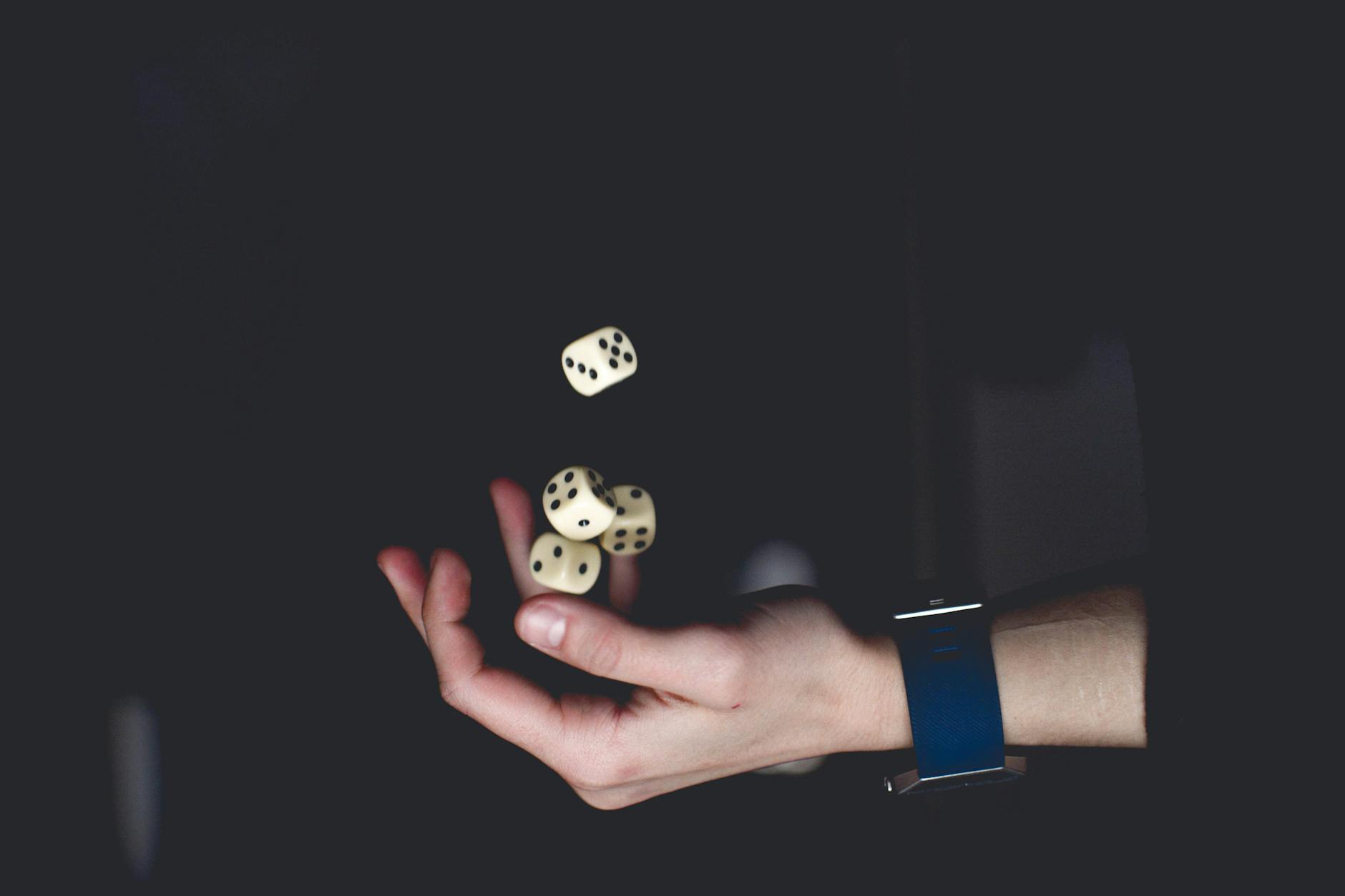The Monty Hall Problem: The Curious Gap Between Intuition and Probability
Introduction: Who Benefits from Learning About This Problem?
At first glance, the Monty Hall Problem seems like a simple quiz, but it’s actually a fascinating way to experience the depth of probability theory. It’s highly valuable for students interested in mathematics or statistics, business professionals aiming to sharpen their logical thinking, educators, and those intrigued by game theory. Moreover, the principles can be applied to decision-making and risk assessment in daily life, making it useful for a wide audience.
Through this problem, you can understand how human intuition can often be misleading and learn to make more rational choices.
What Is the Monty Hall Problem?
The Monty Hall Problem is a well-known probability puzzle named after Monty Hall, the host of the American TV game show “Let’s Make a Deal.”
Here’s the basic outline of the problem:
- There are three doors in front of you.
- Behind one of the doors is a car (the prize), and behind the other two are goats (non-prizes).
- You choose one of the doors.
- Monty Hall, who knows what’s behind each door, opens one of the remaining two doors, revealing a goat.
- He then says, “You can switch to the other unopened door if you’d like.”
- Do you stick with your original choice, or do you switch to the other door?
The Common Misconception: The Intuitive but Incorrect Answer
Many people think, “There are two doors left, so it’s a 50/50 chance. It doesn’t matter if I switch or not.” But that’s a misunderstanding.
In fact, switching gives you a 2/3 chance of winning, while sticking with your original choice gives you only a 1/3 chance.
Why Is Switching Better? — Thinking Probabilistically
The key to this problem lies in “information updating” and “conditional probability.” Let’s walk through the logic step by step.
Step 1: Initial Probability When You First Choose
- The chance that the car is behind your chosen door is 1/3.
- The chance that the car is behind one of the other two doors is 2/3.
Step 2: Monty Opens a Door
- Monty always opens a door with a goat behind it.
- This means Monty’s action is not random; it’s an informed decision.
This is critical. Monty’s action does not change the initial probability distribution.
The 2/3 probability that the car is behind one of the two doors you didn’t choose remains unchanged. Now that Monty has revealed one goat, the remaining unopened door now holds that 2/3 probability.
Step 3: Stick or Switch?
- If you stick with your original choice: 1/3 chance of winning.
- If you switch: 2/3 chance of winning.
In other words, switching doubles your chance of winning.
Deepening Your Understanding Through Examples
Let’s look at actual scenarios.
Case 1: You initially picked the door with the car (probability 1/3)
→ Monty opens a door with a goat.
→ Switching causes you to lose.
Case 2: You initially picked a goat (probability 2/3)
→ Monty opens the other goat door.
→ Switching wins you the car!
So in 2 out of 3 scenarios, switching leads to a win.
Try It Yourself: Simulations and Experiments
You’ll understand this problem even better by running a simple simulation.
For example:
- Prepare three pieces of paper as doors, and write “car” on one.
- Have a friend act as Monty, opening a goat door each round.
- Repeat the game dozens of times, recording win rates for switching vs. staying.
You’ll likely see firsthand that switching wins significantly more often.
Real-Life Applications: A Decision-Making Insight
The Monty Hall Problem is more than just a puzzle.
- Develop the habit of making evidence-based decisions
- Learn to adapt your strategy based on new information
- Be mindful of cognitive biases and preconceptions
Such thinking skills are incredibly helpful in business decisions, investing, or everyday choices.
For instance, whether you’re selecting a project at work, shopping, or deciding on a medical treatment, people often feel a bias toward “sticking with the first choice.” But rationally, switching may often be the better move.
Accessibility Considerations
This content is designed with high accessibility in mind:
- Clear, easy-to-understand language: Technical terms are explained, and the writing is kept simple.
- Logical structure and visual organization: Step-by-step explanations and lists support cognitive accessibility.
- Examples and scenarios: Abstract ideas are clarified through concrete examples.
- Structured writing: Each paragraph is thematically organized for easy comprehension by screen readers.
This makes it accessible for people with visual impairments or neurodiverse cognitive traits.
Conclusion: Probability vs. Intuition
- The Monty Hall Problem is a great example of the gap between probability and intuition.
- The key is to update your thinking based on new information and make flexible decisions.
- Don’t cling to your first choice — be willing to act rationally, and you’ll make better decisions.
Beyond mathematics, becoming aware of the “invisible probabilities” in everyday life can help you live more wisely and make more informed choices.
